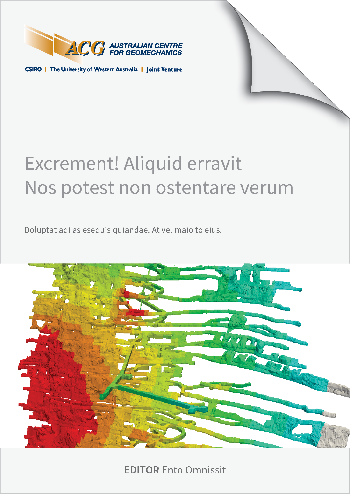Case study Management of the risk of air blast at Carrapateena

|
Authors: Ormerod, T; Cox, D; Vejrazka, C; Poulter, M |
DOI https://doi.org/10.36487/ACG_repo/2435_C-06
Cite As:
Ormerod, T, Cox, D, Vejrazka, C & Poulter, M 2024, 'Case study Management of the risk of air blast at Carrapateena', in Daniel Johansson & Håkan Schunnesson (eds), MassMin 2024: Proceedings of the International Conference & Exhibition on Mass Mining, Luleå University of Technology, Luleå, pp. 373-384, https://doi.org/10.36487/ACG_repo/2435_C-06
Abstract:
Air blast is a principal mining hazard in cave mining, and it is essential that this hazard is monitored and well understood by the mining operation. During propagation the Carrapateena cave back stalled and an air gap formed resulting in the potential for an air blast. The air gap was closely monitored, potential air blast velocities regularly calculated and mitigating strategies put into place. Using the Caving Air blast Simulation Tool in VentsimTM, the volume of air, mine design and vent network were used to assess the maximum potential air velocity in the event of an air blast event. Over time the understanding of the model inputs, outputs, sensitivity and mechanism were further investigated and reported. The volume of the air gap is the primary driver of air blast hazard magnitude and monitoring of the airgap is a critical control. Significant work was undertaken at Carrapateena using state of the art methods to measure the air gap volume, estimate the maximum air blast velocity and ensure it remained below trigger levels, allowing the mine to continue to operate safely. This methodology and lessons learnt may be applicable to air gap management at future cave mines.
© Copyright 2025, Australian Centre for Geomechanics (ACG), The University of Western Australia. All rights reserved.
View copyright/legal information
Please direct any queries or error reports to repository-acg@uwa.edu.au
View copyright/legal information
Please direct any queries or error reports to repository-acg@uwa.edu.au